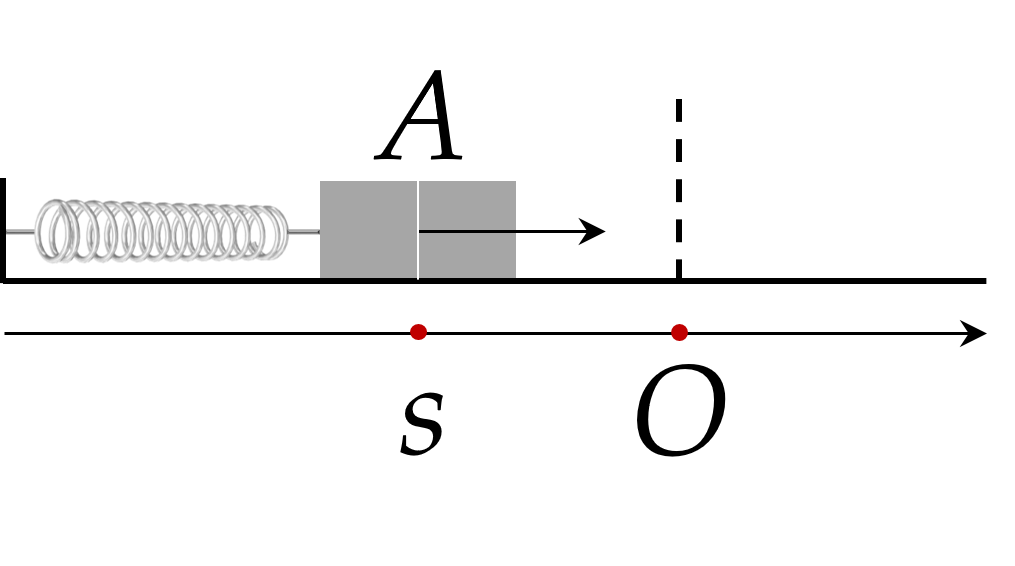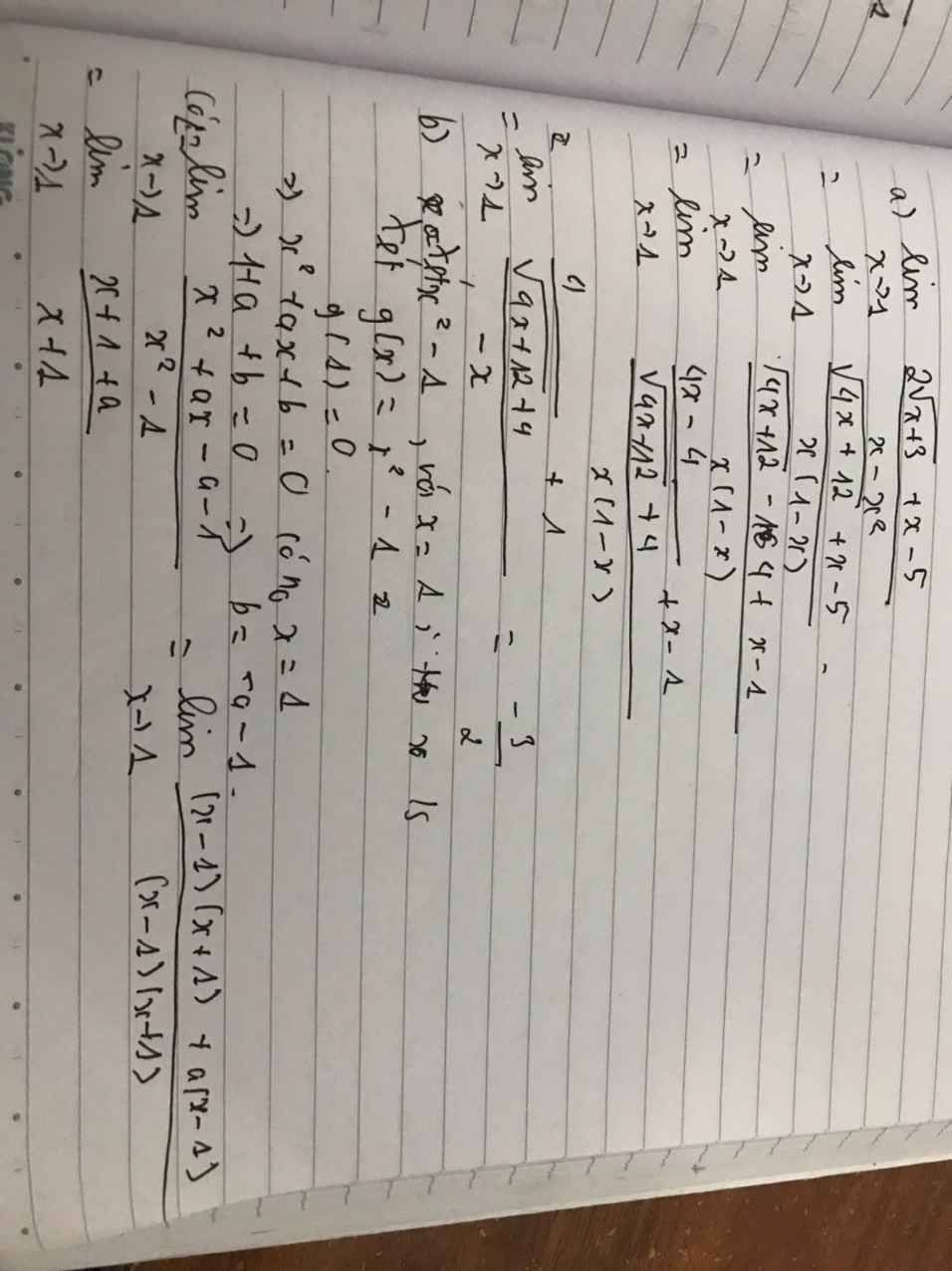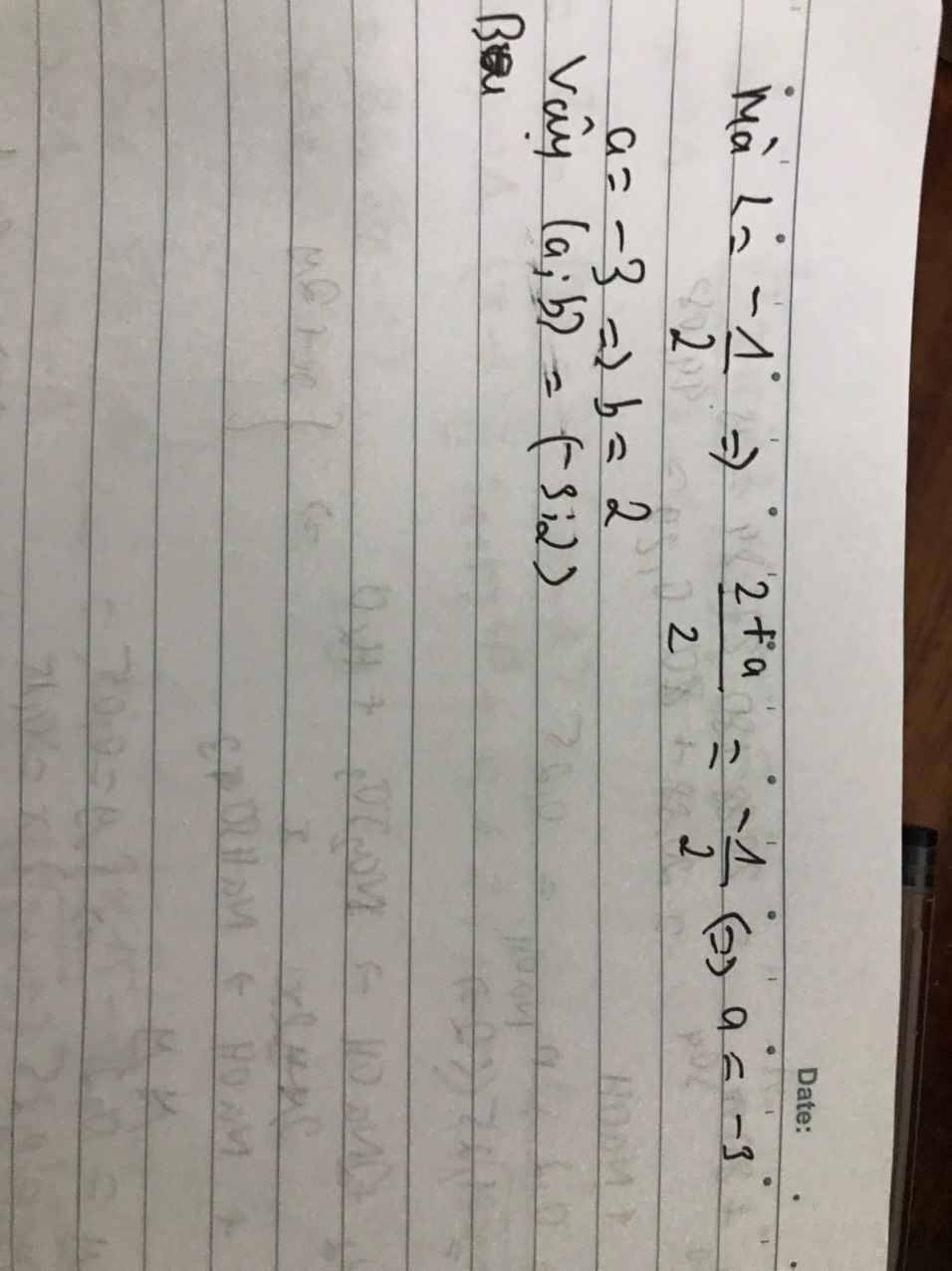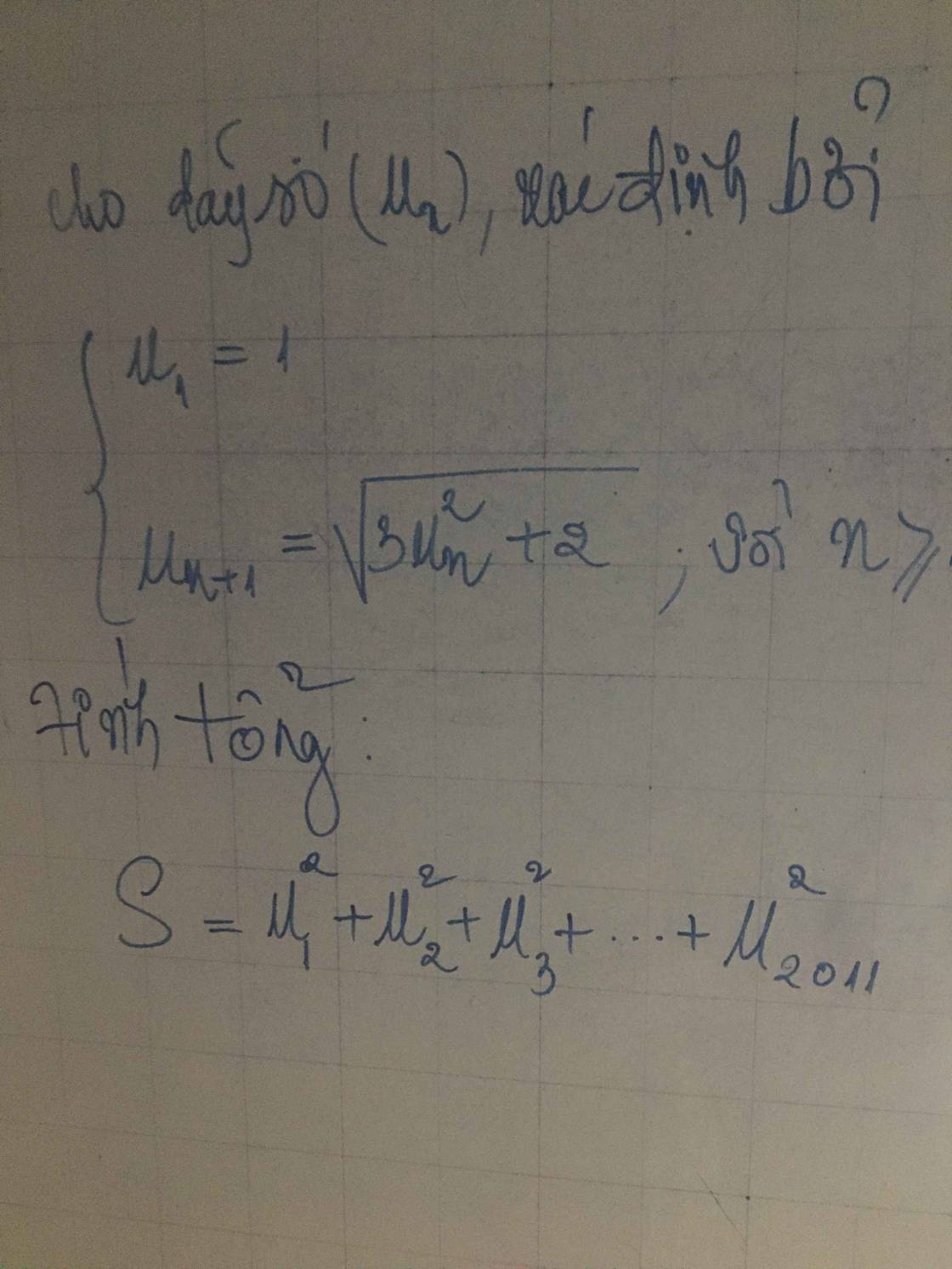thuyết minh về phẩm chất dũng cảm giàu lòng nhân ái trong công cuộc chống dịch covid-19
Hãy nhập câu hỏi của bạn vào đây, nếu là tài khoản VIP, bạn sẽ được ưu tiên trả lời.


In today's digitally-driven society, teenagers have become increasingly connected to screens, be it laptops, phones, or tablets. While technology offers numerous benefits, excessive screen time can have detrimental effects on teenagers' physical and mental well-being. Therefore, it is crucial to limit their screen time.Firstly, excessive screen time can lead to sedentary lifestyles and a lack of physical activity. This can contribute to obesity and other health problems. Additionally, extended screen time can negatively impact teenagers' sleep patterns, leading to sleep deprivation and fatigue. It also hampers their ability to concentrate and engage in face-to-face social interactions.Limiting teenagers' screen time can be achieved by setting clear boundaries and establishing screen-free zones or times during the day. Encouraging alternative activities, such as participating in sports, hobbies, or spending time with family and friends, is also important. Furthermore, parents should act as role models by reducing their own screen time.In conclusion, while screens have become an integral part of teenagers' lives, excessive usage can have adverse effects. By implementing strategies to limit screen time, we can promote their physical health, mental well-being, and overall development.
Limiting teenagers' screen time is essential for their physical and mental well-being. Excessive use of electronic devices can lead to sedentary lifestyles, contributing to health issues such as obesity and poor posture. Additionally, prolonged screen exposure can negatively impact sleep patterns, affecting teenagers' overall health and academic performance. By setting limits on screen time, parents can encourage a more balanced and active lifestyle, fostering healthier habits. Moreover, reduced screen time allows teenagers to engage in face-to-face social interactions, developing crucial communication skills. It also provides them with opportunities for outdoor activities and creative pursuits, promoting a more holistic approach to personal growth. In essence, imposing reasonable restrictions on screen time is a proactive measure to safeguard teenagers' health, social skills, and overall development in the digital age.

\(lim\left(\dfrac{n^2+1-n^2}{\sqrt{n^2+1}+n}\right)=lim\dfrac{1}{n\left(\sqrt{1+\dfrac{1}{n^2}}+1\right)}=0\)

a, Xét (ABCD) có AC giao BD = O
Xét (SAC);(SBD) có
S là điểm chung t1; O là điểm chung t2
=> SO là giao tuyến 2 mp trên
b, Xét tam giác SDC có PN là đường tb tam giác
=> NP // SC ; SC \(\subset\)(SBC)
=> NP // (SBC)
b, Xét (ABCD) kẻ MN cắt AD tại K
Do K thuộc AD => K \(\subset\)(SAD)
=> PK giao SA tại Q
Xét tam giác MNC và tam giác KND có
^NMC = ^KND (sole) ; NC = ND (N là trung điểm); ^MNC = ^KND = ^KND (đối đỉnh)
=> tam giác MNC = tam giác KND (g.c.g)
=> DK = MC (2 cạnh tương ứng)
=> \(\dfrac{AK}{AD}=\dfrac{AD+DK}{AD}=\dfrac{AD+MC}{AD}=\dfrac{AD+\dfrac{BC}{2}}{AD}=\dfrac{AD+\dfrac{AD}{2}}{AD}=\dfrac{3}{2}\)
Do AD = BC ( ABCD là hbh)
Xét tam giác DSC có \(\dfrac{DP}{SP}=\dfrac{DN}{NC}=1\)theo Ta lét, N là trung điểm DC
Theo Menelaus ta có
\(\dfrac{SQ}{SA}.\dfrac{AI}{AD}.\dfrac{DP}{SP}=1\Leftrightarrow\dfrac{SQ}{SA}.\dfrac{3}{2}=1\Leftrightarrow\dfrac{SQ}{SA}=\dfrac{2}{3}\)
a) Gọi �O là giao điểm của ��AC và ��BD.
Xét hai mp (���)(SAC) và (���)(SBD) có
�S là điểm chung của hai mặt phẳng.
�∈��⊂(���)O∈AC⊂(SAC)
�∈��⊂(���)O∈BD⊂(SBD)
Suy ra �O là điểm chung của hai mặt phẳng.
Vậy giao tuyến của hai mặt phẳng (���)(SAC) và (���)(SBD) là ��SO.
NP
⊂(SBC)NP // SCSC⊂(SBC)
⇒��⇒NP // (���).(SBC).
⎧NP⊂(SBC)NP // SCSC⊂(SBC)
⇒��⇒NP // (���).(SBC).
b) Gọi E là giao AC và MN
Có: NP//SC;EQ là giao tuyển của (PMN) và (SAC)
⇒IQ // ��⇒����=����SC=> \(\dfrac{CI}{CA}\)=\(\dfrac{SQ}{SA}\)
Mà CI=\(\dfrac{1}{4}CA\)
=>\(\dfrac{SQ}{SA}=\dfrac{CI}{CA}=\dfrac{1}{4}\)

Do mỗi lần sau tiền đặt gấp đôi lần tiền đặt cọc trước đó
Nên ta có cấp số nhân : \(u_1=20000,q=2\) ( Với \(u_1\) tính bằng đồng )
Số tiền người đó thua là tổng của 9 số hạng đầu tiên cấp số nhân
\(S_9=\dfrac{u_1.\left(1-q^9\right)}{1-q}=\dfrac{20000\left(1-2^9\right)}{1-2}=10220000\) (đồng)
Số tiền người đó thắng là số hạng thứ 10 của cấp số nhân
\(u_{10}=u_1.q^{10-1}=20000.2^9=10240000\) (đồng)
Vì : \(10240000>10220000\) nên du khách đã thắng trong vụ cược này
Số tiền thắng : \(10240000-10220000=20000\) (đồng)
Số tiền du khác đặt trong mỗi lần là một cấp số nhân có �1=20000u1=20000 và công bội �=2.q=2.
Du khách thua trong 99 lần đầu tiên nên tổng số tiền thua là: �9=�1+�2+...+�9=�1(1−�9)1−�=10220000S9=u1+u2+...+u9=1−pu1(1−p9)=10220000.
Số tiền mà du khách thắng trong lần thứ 1010 là �10=�1.�9=10240000u10=u1.p9=10240000.
Ta có �10−�9=20000>0u10−S9=20000>0 nên du khách thắng 2020 000000.

a) lim�→12�+3+�−5�−�2=lim�→1(2�+3+(�−5))(2�+3−(�−5))(�−�2)(2�+3−(�−5))x→1limx−x22x+3+x−5=x→1lim(x−x2)(2x+3−(x−5))(2x+3+(x−5))(2x+3−(x−5))
=lim�→1−�2+14�−13−�(�−1)(2�+3−(�−5))=lim�→1−(�−1)(�−13)−�(�−1)(2�+3−(�−5))=x→1lim−x(x−1)(2x+3−(x−5))−x2+14x−13=x→1lim−x(x−1)(2x+3−(x−5))−(x−1)(x−13)
=lim�→1−(�−13)−�(2�+3−(�−5))=−32=x→1lim−x(2x+3−(x−5))−(x−13)=−23
b) lim�→1�2+��+��2−1=−12x→1limx2−1x2+ax+b=−21.
Suy ra �=1x=1 là nghiệm của tử số ⇒1+�+�=0⇔�=−�−1.⇒1+a+b=0⇔b=−a−1.
Ta có lim�→1�2+��+��2−1=lim�→1�2+��−�−1�2−1=lim�→1(�−1)(�+�+1)(�−1)(�+1)=−12.x→1limx2−1x2+ax+b=x→1limx2−1x2+ax−a−1=x→1lim(x−1)(x+1)(x−1)(x+a+1)=−21.
Do đó lim�→1�2+��+��2−1=−12x→1limx2−1x2+ax+b=−21
⇔2+�2=−12⇔�=−3,�=2.⇔22+a=−21⇔a=−3,b=2.




